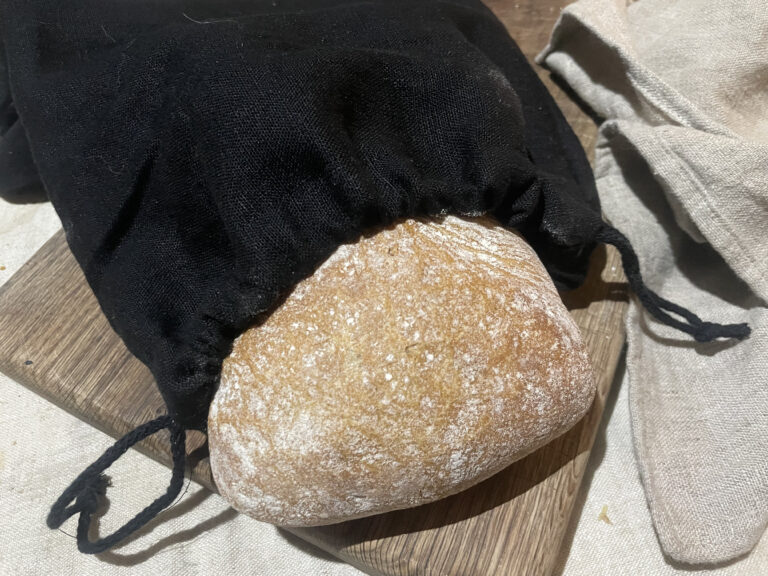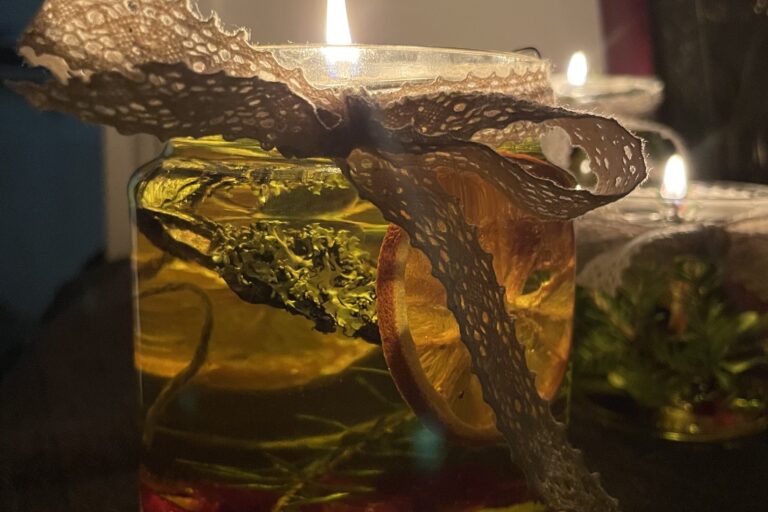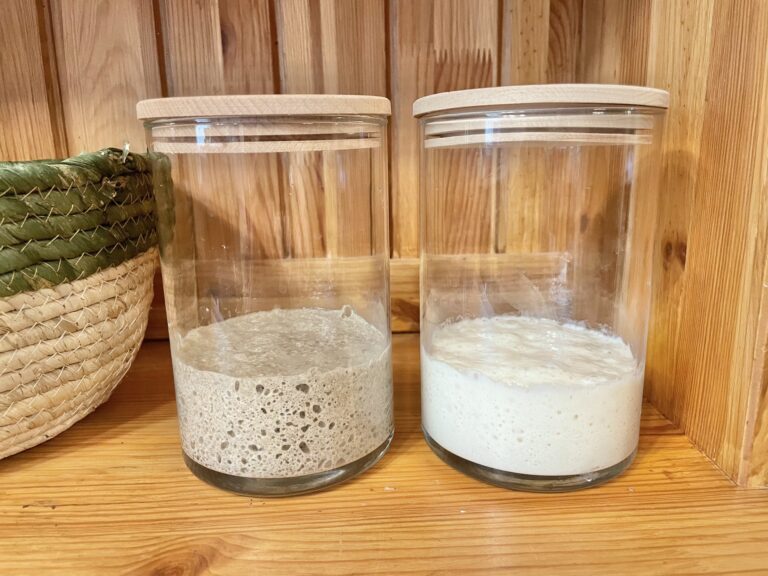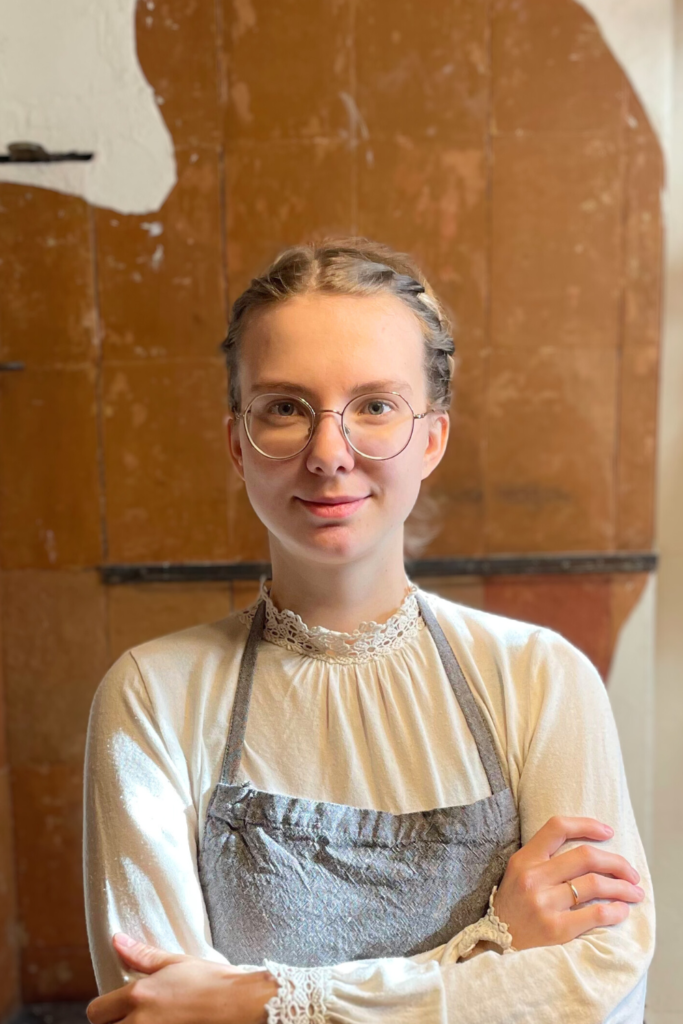In Christian culture, we have a tradition of fasting for 40 days every spring. During this time, we avoid consuming animal products and heavy food and focus more on our internal spiritual balance, humility, and Christ’s suffering. After a long fast, we are greeted with Easter, also known as Resurrection Sunday, or as commonly referred to, Easter Sunday. Easter eggs have become a symbol of this holiday, but did you know that the tradition of egg dyeing dates back tens of thousands of years before Christ? The practice of egg dyeing became associated with Christianity after the death and resurrection of Jesus Christ, where the egg symbolizes the Holy Trinity: the shell represents the Father, the egg white represents the Son, and the yolk represents the Holy Spirit. In different cultures, eggs are dyed in various ways and different colors, but originally, they were dyed red, as red symbolizes Christ’s suffering and blood.
If you are interested, you can seek more information about Easter history.

Decorating Easter eggs is probably one of the most favorite traditions during Easter time. Not only will you have beautiful eggs, but you’ll also have much fun in the process! There are many natural options to color the eggs instead of using chemical dyes. My husband and I both grew up dyeing eggs with yellow onion skins, which is undoubtedly one of the most beautiful ways to decorate eggs. While I won’t go into detail about how to dye eggs with onion skins, I will focus on how to create stunning and unique pastel colors using natural foods without much effort. To ensure that the colors adhere to the eggs, there are a couple of important nuances to follow, which, if ignored, will leave the eggs looking the same as before. This technique can also be used to dye raw eggs.
Before starting, come and follow me on Instagram, Facebook, and Pinterest!
What Can Be Used for Natural Egg Dyes?
The rule here is simple: if a food stains you, it will likely stain the egg. However, the final result may differ from what you expect, not necessarily worse. For example, instead of a red egg, you may end up with a green egg, or the color may turn out brighter or darker than expected. Natural dyes will always result in soft pastel tones. The exception is onion skins, which produce vibrant colors but are not as beautiful as other natural dyes.

Some foods that can be used to dye Easter eggs are:
- Dried chili or paprika (orange eggs) – the concentration of the color is much stronger when dried, but only for a short period.
- Purple cabbage (light blue eggs)
- Yellow or red onion skins (brown or deep gold eggs)
- Chamomile tea (yellow eggs)
- Beet juice (purple eggs)
- Pomegranate (pink eggs) – here, I must emphasize that last year when I dyed my eggs with pomegranate, they turned out to be beautiful but light green!
- Spinach (green eggs)
As I said before, this list can go on for as long as your imagination takes you. I imagine that almost any colorful food can be used to dye eggs, you just have to be prepared for interesting results.

What Do You Need to Dye Eggs Naturally?
- Pots for boiling water
- The desired number of white eggs
- Different foods to dye the eggs
- White vinegar – about 1-2 tablespoons per 0.5 liter of water (I use 30% vinegar)
- Containers to soak the eggs in
- A slotted spoon (optional)
How to Dye Easter Eggs?
- The first step is to boil the natural ingredient(s) of your choice in water until the color is intense. The longer you boil it, the stronger the color will be. Different ingredients will require varying amounts of boiling time. For example, beets need to be boiled for an hour, while red cabbage only needs to be boiled for a quarter of an hour or less. If you feel the water hasn’t reached the desired intensity, boil it for longer, as it’s better to err on the side of caution.
- While your natural dye is boiling, you can boil your desired number of eggs in a separate pot. Remember that you’ll only be soaking the eggs in the colored liquid, not boiling them in it, so you can also dye raw eggs instead of hard-boiled eggs. You can also boil the eggs ahead of time.
- Once your dye is ready, carefully pour it into a heat-resistant container, such as a mason jar. Don’t fill the jar to the brim with water, as you’ll need space for the eggs.
- It’s crucial to let the water cool to room temperature, so you don’t end up cooking the eggs in the hot water, especially if you’re using raw eggs. If you want to speed up the process, you can add ice cubes to the water.
- Add a couple of tablespoons of vinegar to the water to help the dye adhere to the eggs. Don’t worry about the vinegar affecting the taste or smell of the eggs, it won’t. You can add the vinegar to the boiling water or the jar of cooled water, but don’t forget it!
- Add your desired number of eggs to the cooled dye bath. I recommend using 0.5-liter glass jars as they can fit four eggs comfortably. In one jar, I put two boiled eggs and two raw eggs.
- Let the eggs sit in the dye for approximately 24 hours in a cool place. The eggs will begin to take on color after a couple of hours, but it’s best to leave them overnight.
- Next day, after the eggs have been dyed, remove them from the jar carefully. At first, the eggs will have a thick and intense color coating. I recommend washing this coating off, as it’ll easily come off. Additionally, it’ll prevent the dye from rubbing off on your hands and anything else the eggs come in contact with.
- Rinse all of the eggs thoroughly under running water, and you’re ready to enjoy your beautiful, naturally dyed Easter eggs!

Ideas and Tips
- If you’re using a glass jar, I recommend running warm or even hot water over it before pouring in the hot water. If the jar is too cold, it may crack when you pour in the hot water.
- To differentiate between boiled and raw eggs, spin the egg on a flat surface. Boiled eggs will spin rapidly, while raw eggs will hardly spin at all.
- Four eggs can fit comfortably in a 0.5-liter mason jar.
- Don’t fill the glass jar to the top, leave room for the eggs.
- Don’t forget to dye raw eggs as well. They may not be suitable for easter egg hunts, but they’ll make a beautiful decoration for the next few days.
- One technique that you can use is to add a small crack to the eggshell before boiling it. As the egg cooks, the natural dye from the added ingredient will seep into the eggshell and color the egg. One advantage of using natural dyes is that they are food-based, so they’re safe for consumption. This means that kids can have fun eating the colorful eggs without worrying about any harmful chemicals.
- If you are running out of time, you may also use food dyes, but it isn’t that interesting. The result will not be as beautiful, and it’s hard to find natural food coloring.
- Right after boiling the eggs, give them an ice-cold water bath, so the eggshell comes off easily and won’t stick to the egg.
- To achieve your desired color, you shouldn’t use brown eggs, as the intensity of the color won’t be the same as when dyeing white eggs.
- If you bought your eggs from the grocery store, there might be a colorful serial number on your egg. You can wash it off with a paper towel and a tablespoon of vinegar.
By using natural ingredients and these simple tips, you can make beautifully colored, pastel Easter eggs. Happy Easter!


Dyeing Easter eggs naturally
How to dye Easter eggs naturally with minimal effort? Easy! Also, you'll be amazed to discover that even raw eggs can be dyed by this method.
Materials
- The desired number of eggs
- Foods to dye the eggs
- Vinegar - about 1 tablespoon per 0.5 liter of water
Tools
- Pots for boiling water
- Containers to soak the eggs in
- A slotted spoon (optional)
Instructions
- The first step is to boil the natural ingredient(s) of your choice in water until the color is intense. The longer you boil it, the stronger the color will be. Different ingredients will require varying amounts of boiling time. For example, beets need to be boiled for an hour, while red cabbage only needs to be boiled for a quarter of an hour or less. If you feel the water hasn't reached the desired intensity, boil it for longer, as it's better to err on the side of caution.
- While your natural dye is boiling, you can boil your desired number of eggs in a separate pot. Remember that you'll only be soaking the eggs in the colored liquid, not boiling them in it, so you can also dye raw eggs instead of hard-boiled eggs. You can also boil the eggs ahead of time.
- Once your dye is ready, carefully pour it into a heat-resistant container, such as a mason jar. Don't fill the jar to the brim with water, as you'll need space for the eggs.
- It's crucial to let the water cool to room temperature, so you don't end up cooking the eggs in the hot water, especially if you're using raw eggs. If you want to speed up the process, you can add ice cubes to the water.
- Add a couple of tablespoons of vinegar to the water to help the dye adhere to the eggs. Don't worry about the vinegar affecting the taste or smell of the eggs, it won't. You can add the vinegar to the boiling water or the jar of cooled water, but don't forget it!
- Add your desired number of eggs to the cooled dye bath. I recommend using 0.5-liter glass jars as they can fit four eggs comfortably. In one jar, I put two boiled eggs and two raw eggs.
- Let the eggs sit in the dye for approximately 24 hours in a cool place. The eggs will begin to take on color after a couple of hours, but it's best to leave them overnight.
- Next day, after the eggs have been dyed, remove them from the jar carefully. At first, the eggs will have a thick and intense color coating. I recommend washing this coating off, as it'll easily come off. Additionally, it'll prevent the dye from rubbing off on your hands and anything else the eggs come in contact with.
- Rinse all of the eggs thoroughly under running water, and you're ready to enjoy your beautiful, naturally dyed Easter eggs!





